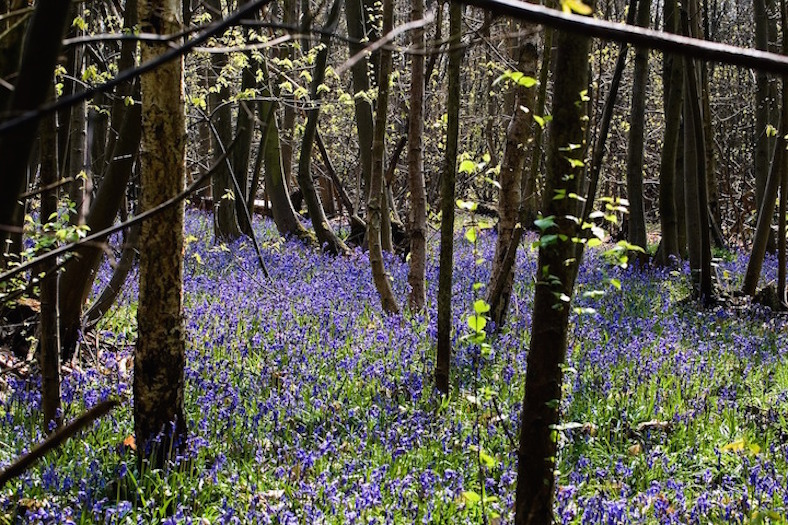In this exercise I am to flick through a photo album and pick out any photos that I consider to be artistic. I am to note down what it is about these images that makes them more like artworks than some of the others.
For me what differentiates a photograph from an ‘arty’ photograph is the manner in which it has been taken. For example, a plain fact recording image of Pevensey Castle would be a plain, level, equally lit bland image. An artistic photograph of the Castle could have dramatic lighting and stunning composition or it might use some parlour trick to display the image in a way which provokes interest. An image of a glass of wine has the potential to be very plain, but be imaginative with the contents, tilt that image on an angle and reverse the polarity of the picture and you have something very different.
- Pevensey Castle


Here is an image of Pevensey Castle taken from a record on Wikipedia to compare to one I took myself.
This is an image that I took of Pevensey Castle years ago. I used a fish-eye lens on a tripod, produced a panoramic landscape initially and then morphed them into a globe using Adobe Photoshop. My initial landscape was well lit, it was a beautiful day, but distorting the image gives it interest which a standard depiction of the Castle (though beautiful) does not have. Using Photoshop trickery is one method in which a photograph can be considered artistic.
2. Glass of Wine


Glass of wine as an illustration for an alcohol merchant in comparison to my own depiction.
This is an image of a wine glass which again I took some years ago. I used a white background and taped a wine glass to a piece of wood and then raised one end of the plank on a pile of books. I partially filled the glass with water and let droplets of ink fall into it. Using Adobe Photoshop I turned the photograph into a negative which produced the fire effect, I also straightened the glass again artificially to give the irregular angle.
I would consider this to be getting closer to a traditional arty photograph. It is a depiction of an object in an irregular way but with less artificial interference.
3. Bluebell Wood


A bloggers image of Bluebell Wood vs my own.
This is an image that I took in Bluebell Wood in East Sussex. This is a traditional scene variations on which cove all kinds of available merchandise in that locations gift shop! I think my version of this scene is arty because of the framing and the light. I composed it so that the viewers eye is drawn through the image, over the log and into the trees. The sun highlights the log in the foreground and though this screen resolution may not show it, the nearest bluebells are the point of focus. The shadows on the left stop the viewers eye leaving the frame in that direction, the green fronds on the right serve to point the viewer back into the center. With no obvious human interference and use of the scenes components to make the image visually appealing, this is what I would class as an arty picture.
4. Rapeseed Field


I have one further example of what I consider to be an arty photograph. This is the most basic example that I could find to hand. Initially there is an image of a rapeseed field from The Telegraph newspaper, this is followed by one of my own of a rapeseed field in Oxfordshire. The fields contain several pathways on which the seed does not grow. I used the pathway and applied the rule of thirds to create a striking rendition of the scene focusing on the colour, composition and viewpoint. It’s very basic but I think that it works, I would class this as an arty picture.